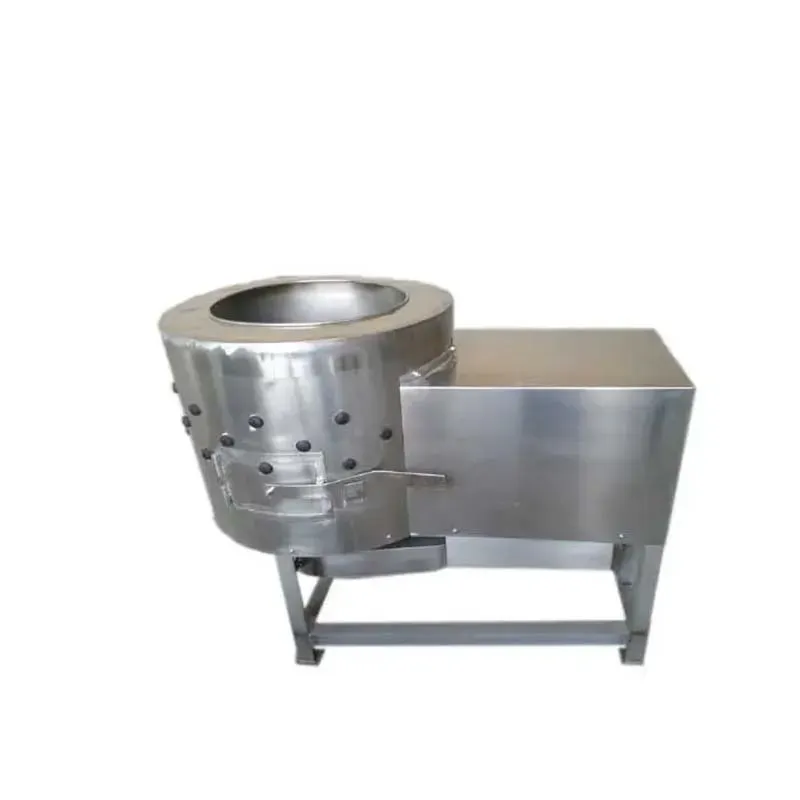Innovations in Chicken Egg Production Using Layer Cages for Enhanced Efficiency and Welfare
Sep . 30, 2024 03:24 Back to list
Innovations in Chicken Egg Production Using Layer Cages for Enhanced Efficiency and Welfare
The Role of Chicken Egg Layer Cages in Modern Poultry Farming
In recent years, the poultry industry has seen significant advancements in technology and farming practices. One of the most notable developments is the use of chicken egg layer cages, which have become a standard in the production of eggs. These cages provide a controlled environment for hens, enabling efficient egg production while addressing various welfare and health concerns. This article will explore the various aspects of chicken egg layer cages, including their design, benefits, criticisms, and future prospects in poultry farming.
Design and Functionality
Chicken egg layer cages are designed to house hens in a manner that maximizes space and facilitates egg collection. Typically, these cages are grouped into systems that house several hens—this can range from a few hens to hundreds, depending on the farm size and production goals. Within these systems, hens are often provided with individual compartments that supply them with enough space to move around comfortably while ensuring that the eggs are laid in a controlled environment.
The design of these cages has evolved to include features that promote hen welfare, such as perches, nesting boxes, and environmental enrichment tools. Modern cages often have adjustable systems that allow for better ventilation, temperature control, and light exposure. This optimization not only enhances egg production but also supports the hens' well-being.
Benefits of Layer Cages
One of the primary advantages of chicken egg layer cages is the increase in productivity they can offer. When hens are kept in a controlled environment, they tend to lay more eggs consistently. The ability to manage resources efficiently—such as feed, water, and lighting—also contributes to higher overall production levels.
Additionally, these cages can significantly reduce the spread of diseases among the flock. By isolating individual hens from each other, farmers can mitigate the risk of disease transmission, which can often lead to mass culling and economic loss. Furthermore, due to the confinement of hens in cages, egg collection becomes easier and more hygienic—resulting in fewer instances of damaged eggs and contamination.
chicken egg layer cages

The economic aspect cannot be overlooked. Layer cages allow producers to maximize the use of their space and facilities, potentially leading to lower production costs. As a result, consumers can benefit from competitive prices in the market.
Criticism and Animal Welfare Concerns
Despite the numerous advantages, chicken egg layer cages have faced significant criticism over animal welfare concerns. Animal rights advocates argue that these cages can severely restrict the natural behaviors of hens, which can lead to psychological stress and physical ailments. Many critics highlight that the confinement in cages can prevent hens from engaging in essential behaviors such as nesting, foraging, and socializing.
In response to these concerns, many farms have begun transitioning to enriched cages or alternative systems such as free-range or cage-free operations. These systems aim to provide hens with more space and opportunities to perform natural behaviors while still maintaining some level of productivity.
The Future of Layer Cages in Poultry Farming
The future of chicken egg layer cages will likely involve a balance between efficiency and welfare. As consumer preferences shift towards products that are perceived as more humane, the poultry industry will need to adapt. Innovations in cage design and management practices are expected to continue. Enhanced monitoring technologies, including smart farming solutions that utilize AI and IoT, can help farmers maintain optimal environments while adhering to higher welfare standards.
In conclusion, chicken egg layer cages represent a crucial component of modern poultry farming, driving efficiency and productivity while also raising important discussions about animal welfare. As the industry evolves, it must address these criticisms while seeking innovative solutions to balance the needs of farmers, hens, and consumers alike. Whether through improved cage design or alternative farming systems, the goal remains the same to produce quality eggs sustainably and ethically.
-
Hot Sale 24 & 18 Door Rabbit Cages - Premium Breeding Solutions
NewsJul.25,2025
-
Automatic Feeding Line System Pan Feeder Nipple Drinker - Anping County Yize Metal Products Co., Ltd.
NewsJul.21,2025
-
Automatic Feeding Line System Pan Feeder Nipple Drinker - Anping County Yize Metal Products Co., Ltd.
NewsJul.21,2025
-
Automatic Feeding Line System - Anping Yize | Precision & Nipple
NewsJul.21,2025
-
Automatic Feeding Line System - Anping Yize | Precision & Nipple
NewsJul.21,2025
-
Automatic Feeding Line System-Anping County Yize Metal Products Co., Ltd.|Efficient Feed Distribution&Customized Animal Farming Solutions
NewsJul.21,2025






